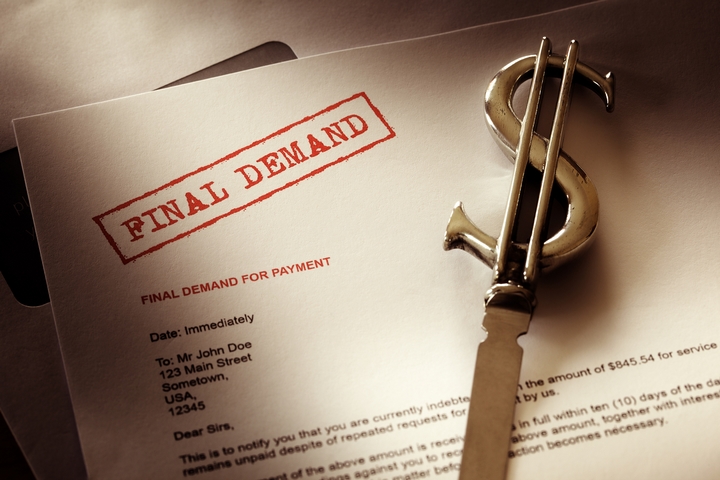Is Canada Going Bankrupt? 6 Canada Economy Facts and Trends

Is Canada going bankrupt? There are trends in the Canada economy that certainly seem to suggest this fact. Canadians are tightening their purse strings this year as high interest rates put a strain on their budgets and ability to borrow more money. The effects are being felt by borrowers across the country after the Bank of Canada increased the interest rate from 1.5% to 1.75% in October 2018. Since this shift, there has been concern surrounding whether or not the bank would set another interest rate increase moving into 2019, however rates have held steady since.
The current rate has Canadians searching for ways to help pay their mortgages, even resorting to other high-interest payday loan services to help tide over their financials. The issue with these trends is that irresponsible borrowing is leading many citizens to insolvency. In more extreme cases, more are filing for bankruptcy.
This report will look into the current state of the consumer debt issue in Canada, and review a few key solutions to preventing bankruptcy and reversing a personal economic crisis. Here are five Canada economy facts by the numbers:
FACT: Canada’s insolvencies in 2018 was 5.2% higher than 2017.

According to the Office of the Superintendent of Bankruptcy Canada’s Insolvency in Canada report, the total number of insolvencies in November 2018 was 5.2% higher than the rate in November 2017. These figures show a rising trend in economic crises amongst consumers. These insolvencies can lead to bankruptcies if borrowers find themselves in a position where they cannot pay back their loans.
FACT: Canada’s bankruptcies in 2018 was actually 5.0% lower than 2017.

The report described that bankruptcies themselves have actually gone down by 5.0% from November 2017 to November 2018, though the increasing insolvency trend is troubling when you consider that the inability to pay down loans can often lead to bankruptcies.
FACT: The increase in insolvency will impact Canadians’ spending habits.

The increase in insolvency rates can have tremendous impacts on Canadian consumers who find themselves in economic distress. The biggest issue is that having insolvent financials can lead your car or home to be repossessed by the bank if you are unable to continue payments. If bills around the house go unpaid, utility companies can also turn off services for you. Insolvency can also severely destroy their credit rating and make it very difficult to borrow money in the future.
This trend has broader implications for the rest of the Canadian economy since consumers in debt are much less likely to spend money on non-essentials, thereby hurting sales revenues for businesses and services.
FACT: An overextension of credit is 57% most common cause of insolvency.

Most consumers in debt got there because of a financial mismanagement of some kind. According to the report called “Joe Debtor: Bi-Annual Bankruptcy Study” by Hoyes, Michalos & Associates, the majority of surveyed consumers filing for bankruptcy stated that their cause for insolvency was an overextension of credit, financial mismanagement and unexpected expenses (57%).
FACT: Job complication is the second most common cause in Canadian insolvency.

Other causes included a job complication (where it was a lay-off, pay reduction, etc.) at 55%, a change in relationship status or divorce (forcing consumers to pay alimony or lose an extra form on income) with 14% and an injury or illness of some kind with 14%. Financial troubles can also come from specific cases, like students in debt, seniors struggling with a larger debt load that operate on a fixed income and home owners that have a high-risk mortgage.
Traditionally, these were the causes of insolvency that may lead to higher bankruptcy rates. Recently, the interest rates hikes are the cause for concern as they can put things like home affordability out of reach for many more Canadians and loans are more difficult to return payment on.
FACT: A well-planned budget can help Canadians avoid bankruptcy.

Avoiding insolvency and bankruptcy begins with a well-considered budget. Essentially, you must assure that your income is higher than the outgoing cash flow. Especially when it comes to interest being added to the debt you are paying down, you need to have a reliable source of income to be able to pay off the debt as well as the interest.
If you find yourself overpaying for certain assets like vehicles or properties, you may want to sell off these liabilities and reassess which assets you can actually keep.
Canada’s current economic state requires consumers to be more vigilant and careful about planning out their budgets. This will mean only taking out loans that you can afford to pay back on a month-over-month basis, taking new interest rate increases into consideration and avoiding predatory lending schemes that extend your debt period and have high interest rates. Being more financially literate should be a priority for Canadians in this complicated economic time.


